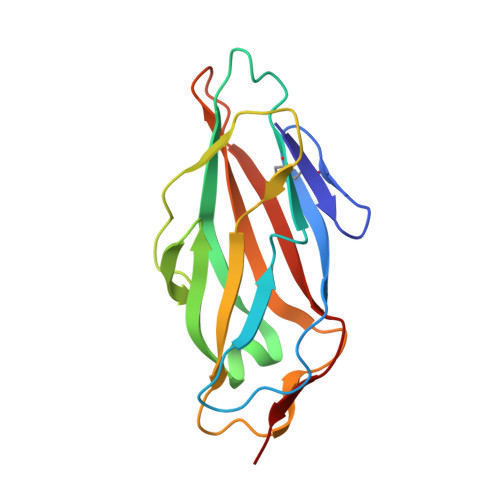Antivirulence C-Mannosides as Antibiotic-Sparing, Oral Therapeutics for Urinary Tract Infections.
Mydock-McGrane, L., Cusumano, Z., Han, Z., Binkley, J., Kostakioti, M., Hannan, T., Pinkner, J.S., Klein, R., Kalas, V., Crowley, J., Rath, N.P., Hultgren, S.J., Janetka, J.W.(2016) J Med Chem 59: 9390-9408
- PubMed: 27689912
- DOI: https://doi.org/10.1021/acs.jmedchem.6b00948
- Primary Citation of Related Structures:
5F3F - PubMed Abstract:
Gram-negative uropathogenic Escherichia coli (UPEC) bacteria are a causative pathogen of urinary tract infections (UTIs). Previously developed antivirulence inhibitors of the type 1 pilus adhesin, FimH, demonstrated oral activity in animal models of UTI but were found to have limited compound exposure due to the metabolic instability of the O-glycosidic bond (O-mannosides). Herein, we disclose that compounds having the O-glycosidic bond replaced with carbon linkages had improved stability and inhibitory activity against FimH. We report on the design, synthesis, and in vivo evaluation of this promising new class of carbon-linked C-mannosides that show improved pharmacokinetic (PK) properties relative to O-mannosides. Interestingly, we found that FimH binding is stereospecifically modulated by hydroxyl substitution on the methylene linker, where the R-hydroxy isomer has a 60-fold increase in potency. This new class of C-mannoside antagonists have significantly increased compound exposure and, as a result, enhanced efficacy in mouse models of acute and chronic UTI.
Organizational Affiliation:
Fimbrion Therapeutics, Inc. , Saint Louis, Missouri 63108 United States.















